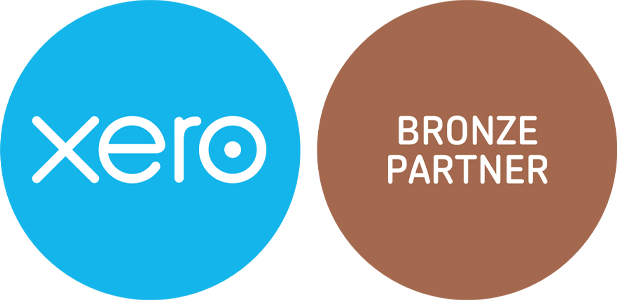As a business owner, it’s easy to fall into the trap of treating your company’s funds as if they were your own. After all, you own the company! However, paying for personal expenses like your gym membership, family vacations, or other personal expenditures with company funds can lead to messy bookkeeping and worse, unexpected tax bills.
Here is how to navigate these issues and avoid any nasty surprises.
Understanding the legal separation
First and foremost, it’s crucial to remember that you and your company are separate legal entities. This means the money in the company’s bank account belongs to the company, not you. As director and shareholder, there are only two primary ways to legally withdraw money: through payroll as a salary or as dividends from the company’s profits.
When you withdraw salary, the amount paid to you is subject to income tax and National Insurance Contributions (NICs). Your dividends are reported on your Self-Assessment and tax paid through that return. Sticking to these methods helps maintain financial integrity and avoids unexpected tax bills.
The Risks of Using Company Money for Personal Expenses
Here are some common scenarios where company directors use company money for personal expenses:
- Paying family meals with the company card
- Setting up a gym membership from the company bank account
- Paying their partners mobile phone bill
- Using the company credit card to pay the holiday deposit.
- Withdrawing more dividends than are available in profits.
These actions can lead to severe tax consequences because they are considered personal withdrawals without tax being paid.
Benefit in Kind
When your company provides you with goods or services for personal use, they must be reported on an annual P11d form. Common items include:
- Personal use of company cars
- Private medical insurance
- Gym membership
- Personal expenses paid for by the company.
Directors are taxed on these benefits at their highest marginal rate of income tax, effectively increasing their salary by the value of these benefits.
Example:
John, a basic rate taxpayer, earns £12,570 as a salary and takes £60,000 in dividends in the tax year 2023/24. His company pays for his golf club membership and families’ private medical care, costing £3,350 for the tax year.
John initially calculated his tax liability as £10,825 but forgot about the P11D benefits, which added an extra £1,340 in tax. Additionally, his company had to pay Class 1A NIC at 13.8% on these benefits.
To avoid falling into the same trap as John, you should
- Check your PAYE Tax code to make sure it reflects the correct benefits.
- Keep detailed records of all personal expenses paid by the company especially new benefits. Tax on any new benefit in the year will be picked up in your self-assessment and won’t reflect in your tax code until it has been reported on a P11d.
Directors Loan Account
When cash withdrawals or large personal bill payments are made, they are charged to your directors’ loan account. To avoid a tax bill, repay the loan within nine months of the company’s financial year-end. Options include:
- Repay the loan from your personal funds,
- Declare an additional dividend, if profits are available, to clear the loan. Tax rates on dividends will depend on your marginal rate of tax and could be as high as 39.35%.
If the loan isn’t repaid within nine months, the company faces an 33.75% corporation tax charge on the value of the loan, in addition to the charge on their profits. This additional charge is refundable once the loan has been repaid but can have significant cashflow implications.
Additionally, you will also personally incur a P11d charge on the value of the loan unless your company has charged interest on the loan at a rate above HMRC’s official rate of interest.
Example:
Sarah pays £10,000 for a family holiday using company funds. Unable to repay the loan or declare dividends, she faces a S455 charge of £3,375 after nine months. Moreover, as a higher rate taxpayer, she incurs a P11D benefit costing £4,000 in personal tax.
Strategies to Manage Your Director’s Loan Account
- Separate your business and personal spending! Regularly review personal spending needs and plan how to extract necessary funds via salary and dividends.
- Maintain accurate records: keep detailed and timely records of all transactions to predict and plan for tax liabilities.
- Avoid long-term Borrowing: Repay any company loans within nine months to avoid the S455 charge.
- Plan for Unavoidable Loans: Understand the repayment process and tax implications if borrowing from the company is necessary.
- Seek Professional Advice: Consult your accountant to navigate the complex tax and legal implications effectively.
Understanding the separate legal identity of your Ltd company and adhering to recognised methods for withdrawing money are crucial steps in avoiding unexpected tax bills. By maintaining clear financial practices and seeking professional advice, you can steer clear of unpleasant tax surprises. If you need assistance navigating these complexities, our expert team is here to help you avoid nasty tax bills and ensure your financial practices are compliant and efficient.
Related News
Tax investigations can be a significant source of stress for business owners, especially for small businesses that may not have [...]
As a business owner, reaching the 6-7 figure turnover milestone is a significant achievement. However, this success also brings increased [...]
Let me start by saying, this isn’t something we have perfected. Running a small business often feels like juggling a [...]








